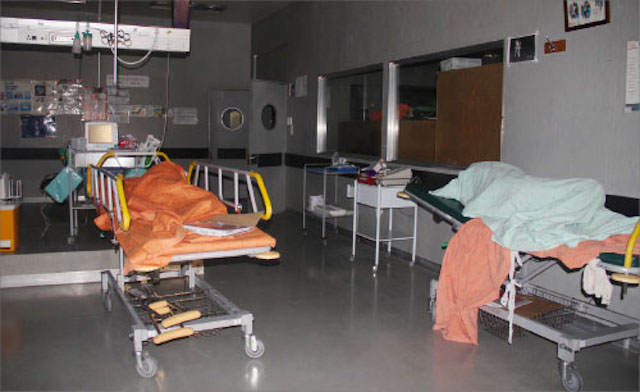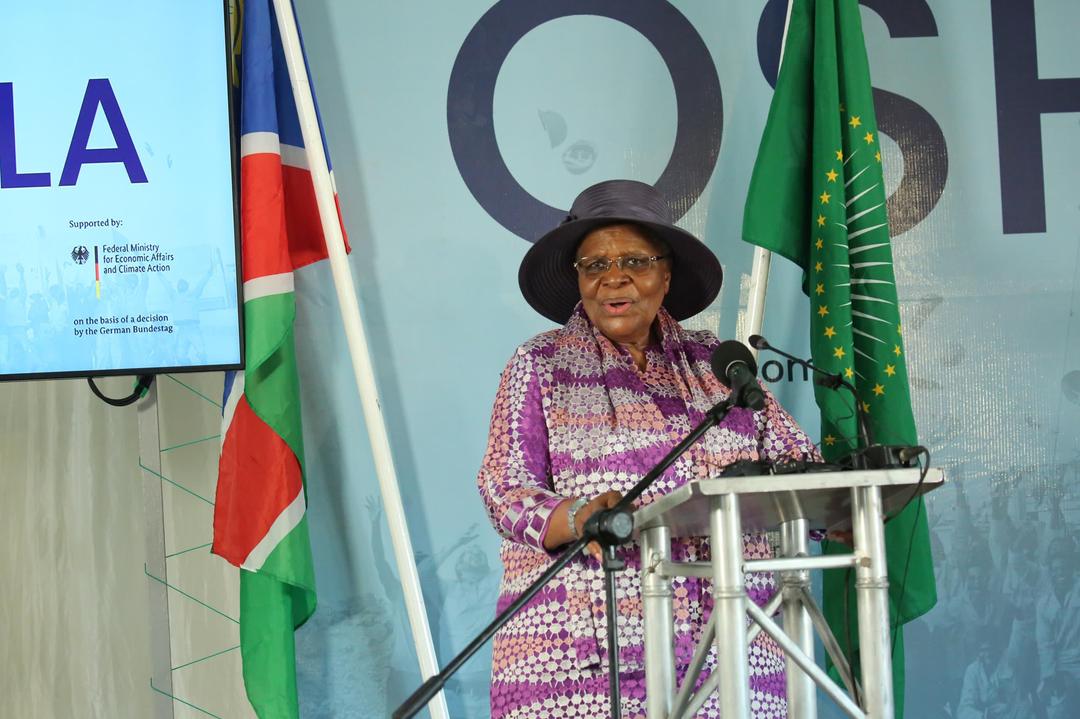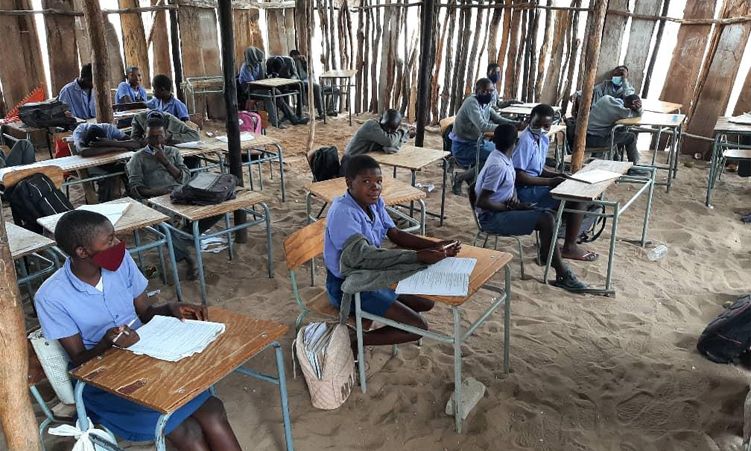THE country still lacks human resources, intensive care units and equipment, and high-care units in its fight against Covid-19.
This was indicated in a situational report compiled by a surveillance team of the World Health Organisation (WHO) assessing Namibia’s response to the pandemic.
The WHO says the country also lacks proper ambulances and isolation units at health facilities in the regions, personal protective equipment (PPE), nasopharyngeal swabs, and appropriate means of transport.
The report shows Namibia faces a backlog at the Namibia Institute of Pathology (NIP) in specimens to be tested.
To date, 33 635 tests have been conducted by the institute, PathCare, Namdeb and Unam’s laboratories, which includes 3 084 tests that had to be retested.
The Erongo region has reported the highest number of confirmed Covid-19 cases at 2 595 (79%), followed by the Khomas region at 484 (15%).
Out of the total confirmed cases, 67 are healthcare workers from seven regions – 29 in Erongo, 30 in Khomas, three in Oshana, two in Zambezi and one each in the Hardap, //Kharas and Oshikoto regions.
A total of 1 605 people are currently in quarantine with 177 new admissions in the past 24 hours.
According to the report, a high number of local transmissions were reported in the Walvis Bay and Windhoek districts in the past four weeks.
The report shows daily enhanced active case searches and targeted testing in different districts.
Namibia’s Covid-19 call centre continues to operate for 24 hours a day with a record 1 042 calls answered on 10 August, including eight alerts.
The country has 3 148 locally transmitted cases and 81 imported cases.
“There is evidence of clustered community transmission in the Erongo region, with up to 1 876 confirmed cases still to be placed at designated isolation facilities and currently being monitored,” the report states.
Since the beginning of the outbreak, 6 617 contacts of confirmed cases have been identified, and 120 new contacts from 13 regions were identified in the last 24 hours.
In addition, 2 501 contacts have completed their monitoring period, while 1 399 out of 3 931 active contacts were monitored on 10 August.
The most affected age group is between 20 and 49 years old, with 2 466 cases falling in this category.A total of 94 cases are aged 60 and older.
A total of 224 trucks have entered the country through various points in the last 24 hours.
Of these trucks, 32,6% were heading to the Khomas region, 29,5% to //Kharas, and 19,6% to the Erongo region.
The report says 169 of these truckers are from South Africa, 18 from Botswana, three from Angola and 34 from Zambia.
Since March 2020, a total of 7 343 people have been admitted to supervised quarantine facilities around the country.
RECOMMENDATIONS
The WHO recommended that the Ministry of Health and Social Services try to fast-track the appointment of critical manpower in the regions and also establish fully equipped isolation units at health facilities in the regions.
In addition, provision should be made for fully equipped ICU facilities at referral hospitals and high-care units in the districts, and the NIP should continue sourcing swabs, and appropriate means of transport.
The report suggests the procurement and distribution of sufficient PPE to the regions to ensure that the response to the virus is not interrupted.
Close monitoring of the flow of specimen from all districts is also advised.
Stay informed with The Namibian – your source for credible journalism. Get in-depth reporting and opinions for
only N$85 a month. Invest in journalism, invest in democracy –
Subscribe Now!










